The West Highland White Terrier, commonly known as the Westie, is a breed that captures hearts with its spirited demeanor and distinctive, plush white coat. Originating from Scotland, the breed was initially developed for hunting small rodents, with its bright white coat helping hunters easily spot it against the rugged terrain. While the classic white is the hallmark of the breed, Westies exhibit subtle variations in shade and marking that may not be widely recognized. These variations often reflect minor differences in grooming, care, and sometimes genetics that can influence coat color and texture. This article delves into seven stunning color variations of Westies, showcasing how even slight differences can uniquely enhance the breed’s charm.
1. Pure White

Pure white is the standard and most common color for Westies. This crisp, clean shade is what defines the breed in both show rings and the public’s eye. A pure white Westie has a double coat consisting of a soft, dense undercoat and a rough outer coat, which should be pure white without any yellow or dingy tinges. Maintaining this brilliant white can be challenging and requires regular grooming and bathing to prevent staining from dirt or food, which can detract from the striking visual appeal of their coat. Owners often use specially formulated whitening shampoos to keep their Westies looking their best.
2. White with Wheat

Occasionally, some Westies may exhibit hints of wheat or cream in their coats, particularly on their ears, back, or tail. This variation is generally subtle and can add a hint of warmth to the otherwise stark white fur. The wheat shades can become more pronounced with sun exposure or due to certain dietary factors. While not as desirable in the show ring where pure white is preferred, white with wheat coloring does not affect the dog’s eligibility for registration or health.
3. Platinum Blonde

A rare but stunning variation is the platinum-blonde Westie. This coat color is characterized by a very light, almost silvery shade of white that can appear glamorous under sunlight. It’s important to note that true platinum blonde is rare and often a result of unique genetic factors. Dogs with this color must be carefully groomed to maintain the luminous quality of their fur, and they can be quite the head-turners during walks or dog shows.
4. White with Dark Points
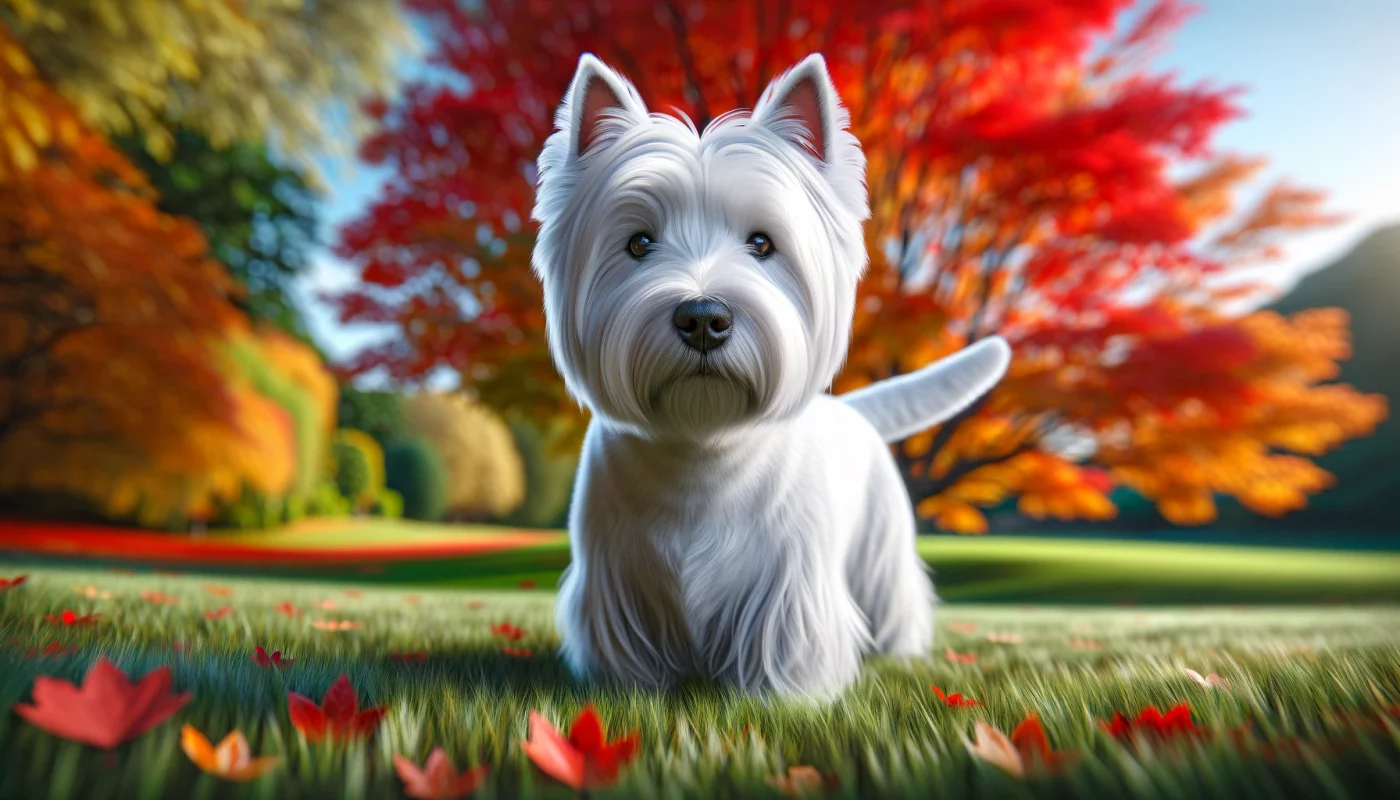
Some Westies develop darker pigmentation on their points—namely, the nose, eyes, and paw pads. While their fur remains predominantly white, the contrast with their dark points can give them a striking appearance. This variation doesn’t change the overall perception of their coat color but enhances their expressive faces and endearing eyes, making each facial expression captivating.
5. White with a Gray Tinge

As Westies age, their coats may develop a gray tinge, particularly around the muzzle and eyes. This sign of maturing can add a distinguished look to the dog, reflecting its years of companionship and love. This gray tinge is a natural occurrence and should be embraced as a badge of honor that comes with the wisdom and loyalty of an aging pet.
6. Mottled White and Black

A very uncommon variation is the mottled white and black coat, which is typically seen in Westies with a specific genetic makeup. This pattern is rare and is not recognized by breed standards that favor solid white. However, mottled coats have no impact on the dog’s health or temperament, making them just as suitable as companions and family pets.
7. Snow White with Ice Tips
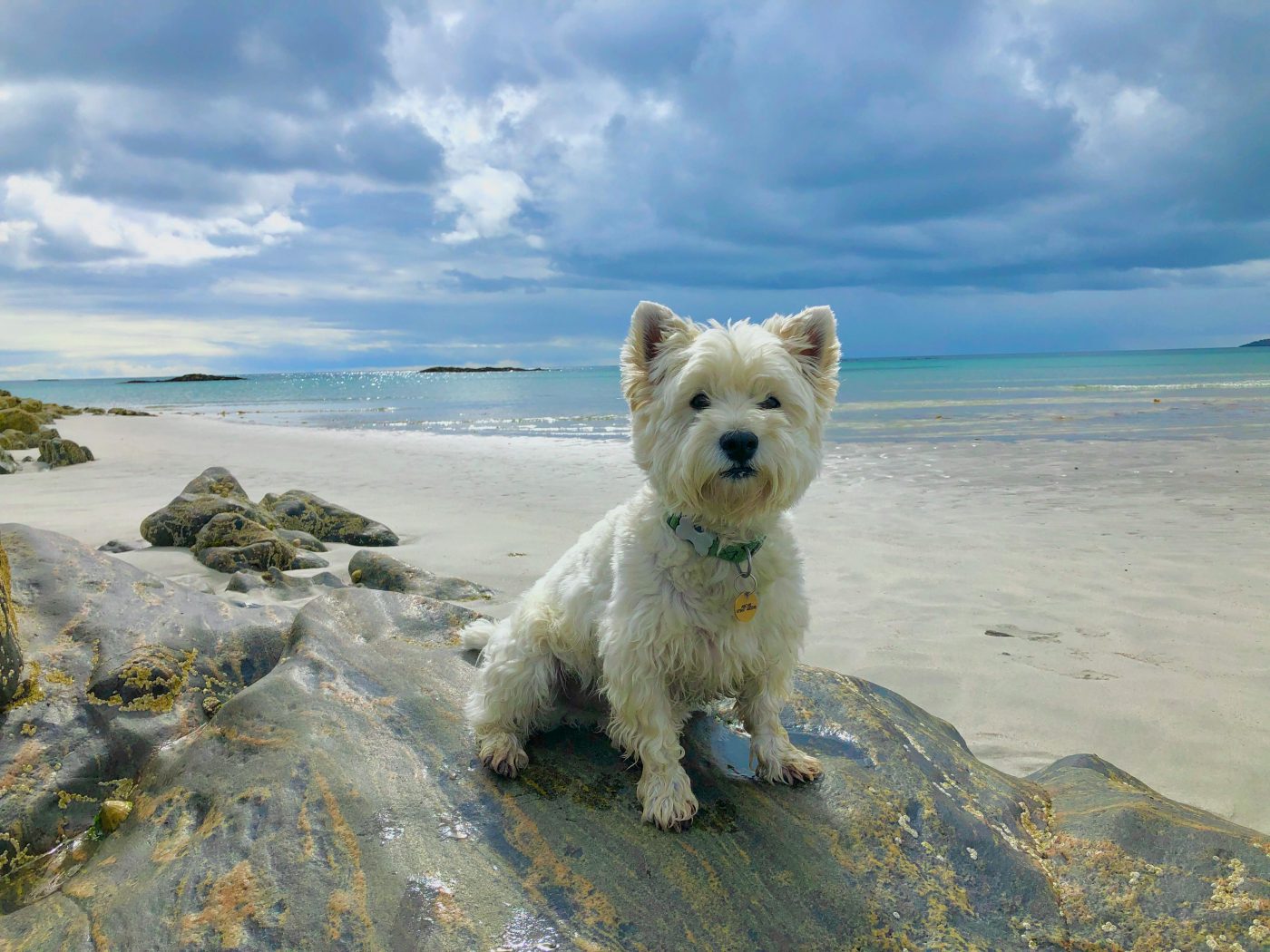
Some Westies might present an exquisite variation known as “snow white with ice tips,” where the tips of their fur have a subtle icy gloss, giving them a shimmering appearance, especially noticeable in sunlight. This effect is often the result of unique grooming techniques that enhance the natural shine of their coat, combined with excellent overall care.
In conclusion, while the classic pure white is the iconic and standard color for Westies, the breed does showcase a range of beautiful and intriguing color variations. These subtle differences do not detract from the breed’s desirability but rather enhance the unique personality and aesthetic of each individual dog. Whether showing, breeding, or simply enjoying a pet, the beauty of a Westie’s coat, no matter the shade, continues to bring joy and companionship to its owners.
Frequently Asked Questions About Westie Colors
1. What is the standard color for a West Highland White Terrier (Westie)?
The standard color for a West Highland White Terrier, commonly known as a Westie, is pure white. This color is a defining characteristic of the breed and is crucial for conformation shows. The bright white coat was originally selected for practical reasons, making the dogs highly visible against the Scottish landscape while hunting. Maintaining this color involves regular grooming and bathing, as the white coat can easily show dirt and stains.
2. Are there any color variations accepted in the show ring for Westies?
In the show ring, the only accepted color for Westies is pure white. Any discoloration or markings of other colors are considered faults according to breed standards set by major kennel clubs. While slight shading on the ears might be overlooked, significant deviations from pure white generally disqualify a Westie from being show-quality.
3. Can Westies have spots or patches of color?
No, purebred Westies should not have spots or patches of color. They are bred to be completely white. Any spots or patches of color, such as black or brown, are considered faults in the show ring and are unusual for the breed. Such colorations could indicate mixed ancestry or a departure from breed standards.
4. Do Westies ever change color as they age?
Yes, Westies can change color as they age, but this usually pertains to the intensity of their white coat rather than developing entirely new colors. Some Westies may develop a cream or wheat shading as they grow older, especially around the ears and back. Additionally, their coats may show a gray tinge around the muzzle and eyes due to aging.
5. Why is my Westie not perfectly white?
If your Westie is not perfectly white, it could be due to several reasons. Environmental factors like dirt and staining from food or grooming products can affect the whiteness of their coat. Genetic factors can also play a role, where some Westies may naturally develop slight cream or wheat shadings as they mature. Regular grooming and proper diet can help maintain the coat’s color.
6. How can I keep my Westie’s coat bright white?
Keeping a Westie’s coat bright white involves regular grooming and careful attention to diet. Bathing your Westie every 4-6 weeks with a high-quality whitening shampoo can help maintain the brightness of the coat. Daily brushing helps prevent dirt buildup and staining. Additionally, feeding your Westie high-quality food and ensuring clean, fresh water can support a healthy, shiny coat.
7. Is the color of a Westie’s coat linked to health issues?
The color of a Westie’s coat is not linked to specific health issues directly. However, skin conditions are common in Westies and can cause discoloration or staining of the fur. Regular veterinary check-ups and proper skin care are essential to maintain both the health and appearance of their coat.
8. What does a platinum-blonde Westie look like?
A platinum blonde Westie is extremely rare and has a coat that appears almost silvery-white under certain lighting. This unique shade is more of a light cream than a true metallic platinum and is often the result of unique genetic factors. It is important to note that while visually striking, this color variation is not recognized in the breed standard for show purposes.
9. Can environmental factors affect my Westie’s coat color?
Yes, environmental factors can affect your Westie’s coat color. Sun exposure can lead to slight bleaching and a wheat-like tint in some dogs. Dirt and pollutants can also affect the whiteness of their coat. Regular bathing and grooming are crucial to minimize these effects and keep your Westie looking its best.
10. What should I do if my Westie develops dark patches on its coat?
If your Westie develops dark patches on its coat, it is advisable to consult a veterinarian to rule out any underlying health issues. Skin conditions, allergies, or hormonal imbalances can cause changes in pigmentation. Proper diagnosis and treatment are necessary to address any health concerns and restore the coat’s natural color, if possible.

 1 week ago
9
1 week ago
9
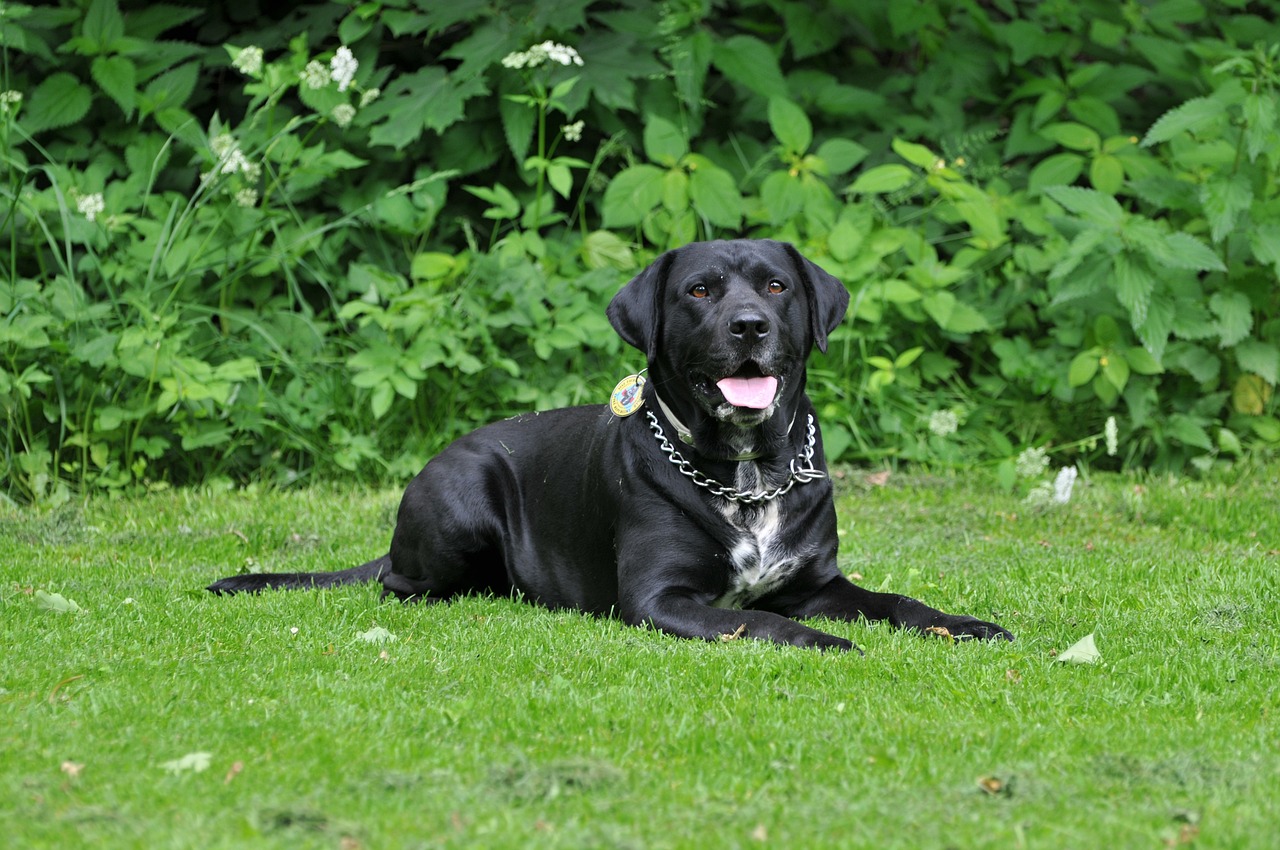



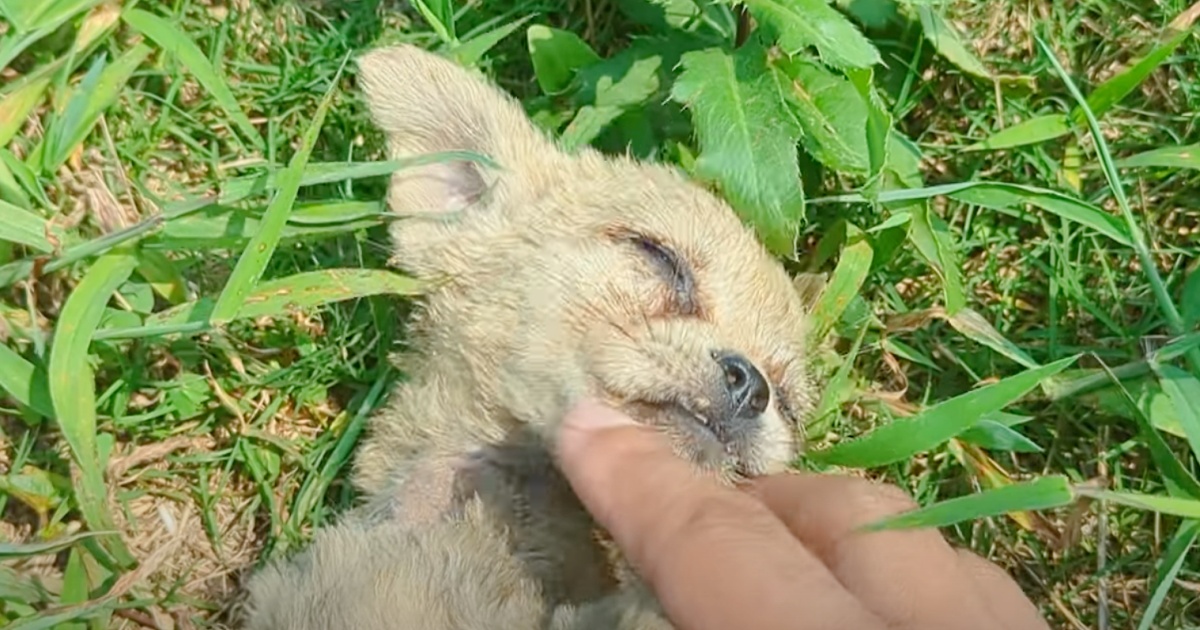



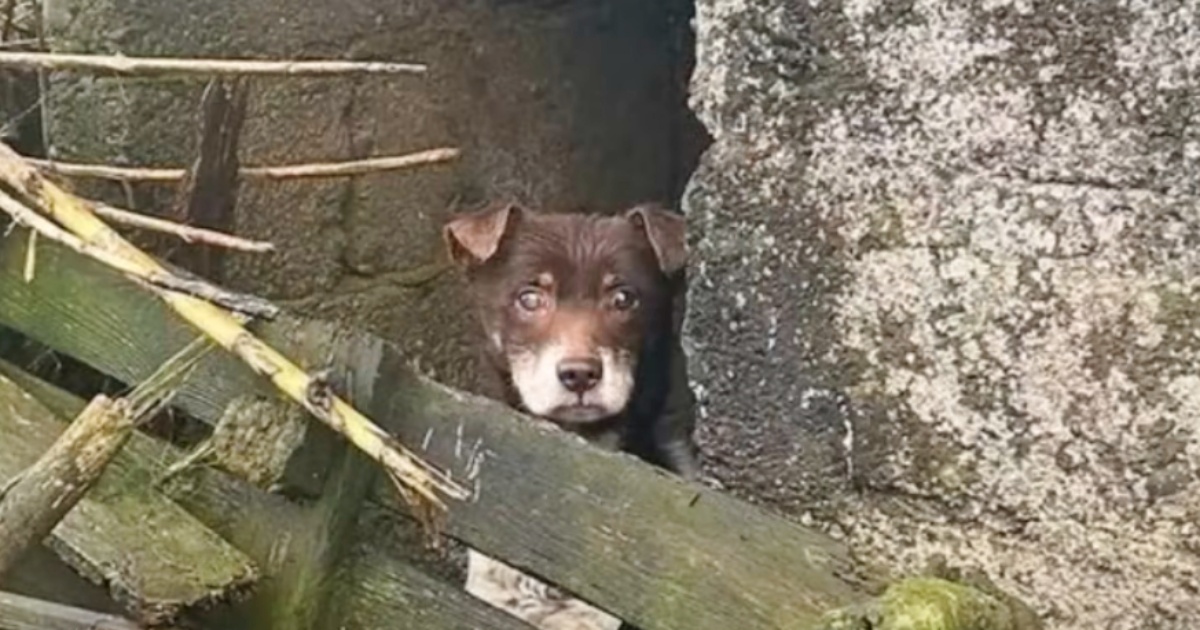



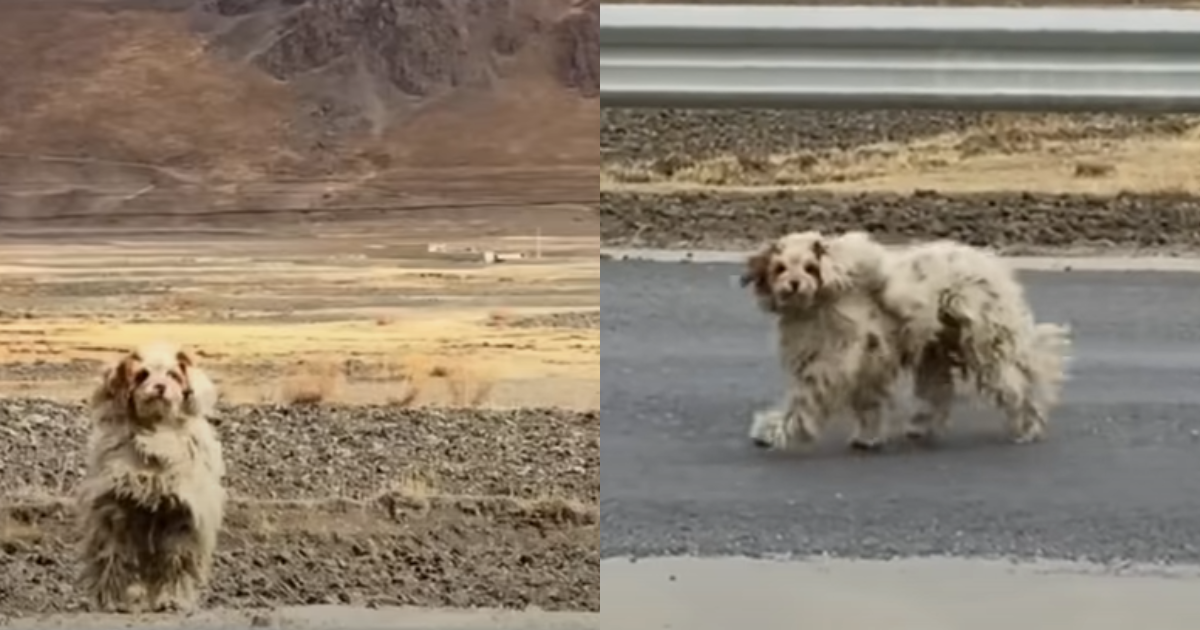

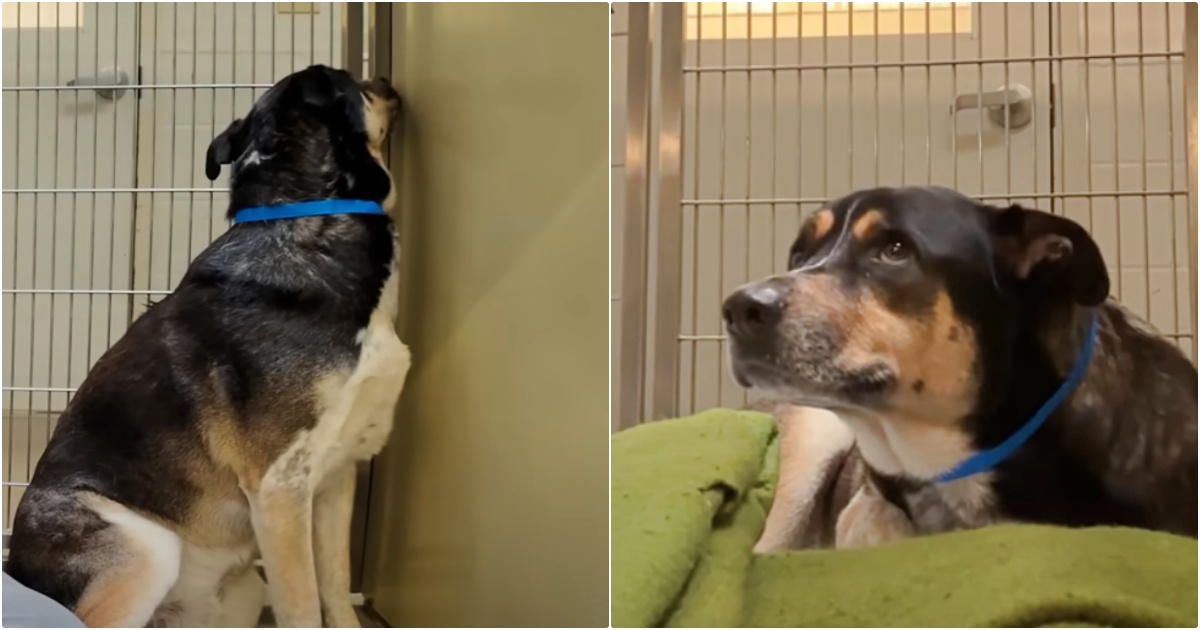
![Cost of a Borzoi Puppy by US Region [2024]](https://iheartdogs.com/wp-content/uploads/2024/04/borzoi-4950553_1280.jpg)
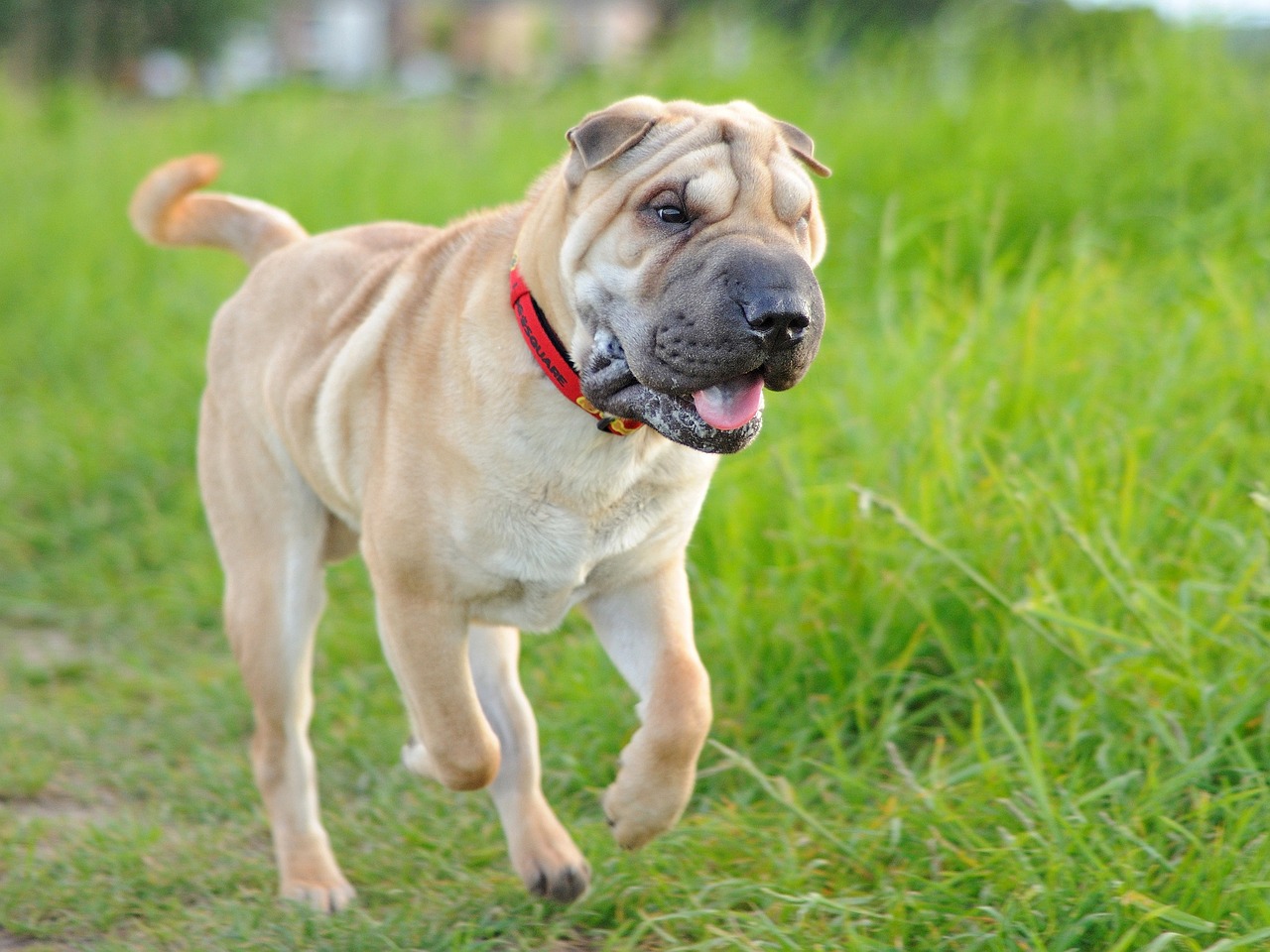

 English (US) ·
English (US) ·